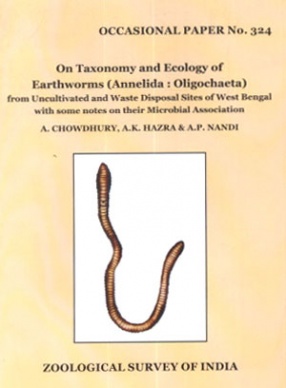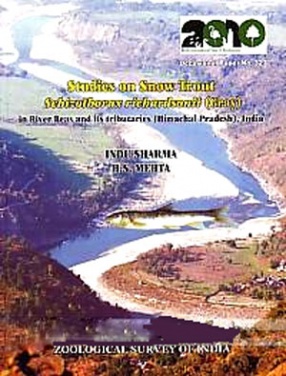
Records of the Zoological Survey of India: Occasional Paper

41 books

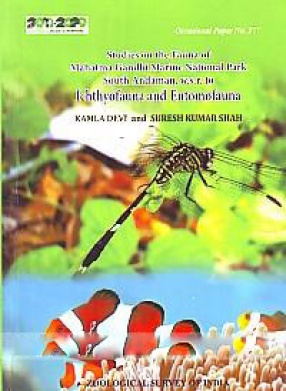
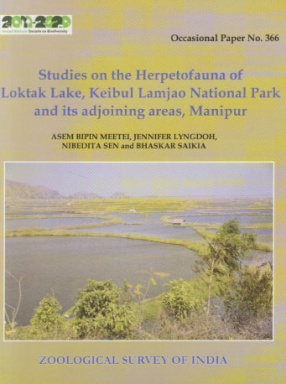
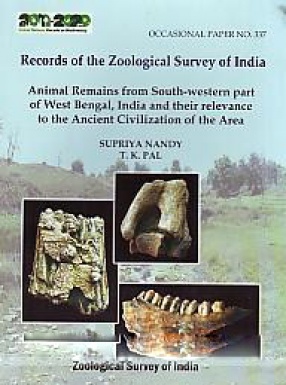
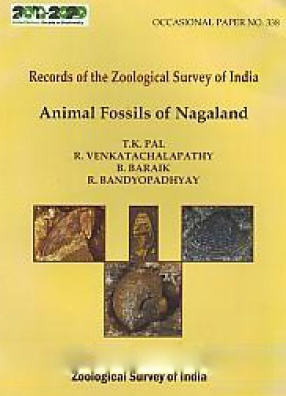
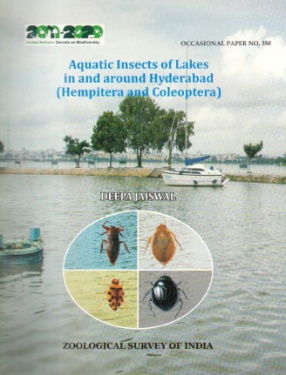
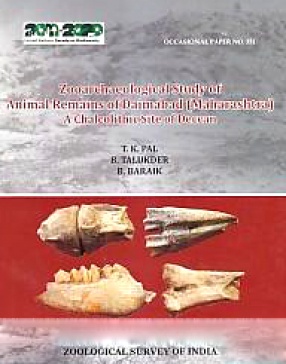

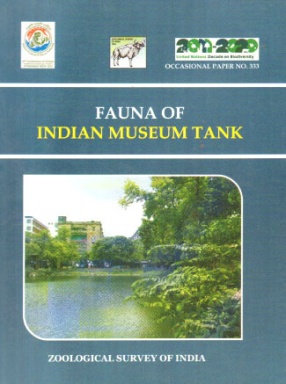
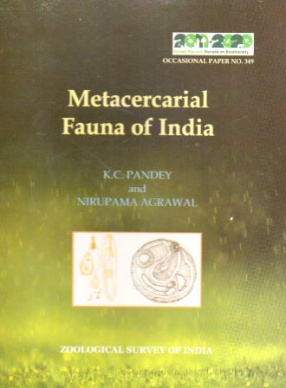

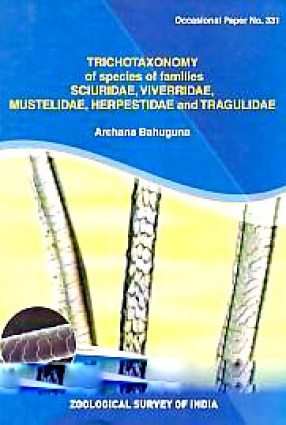
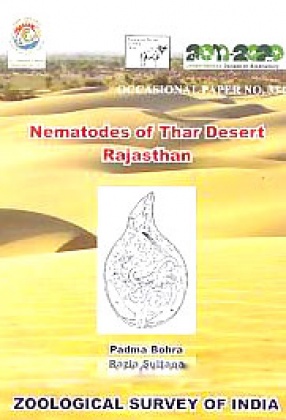


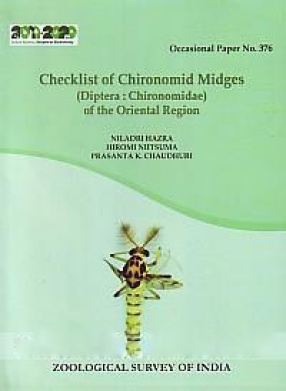
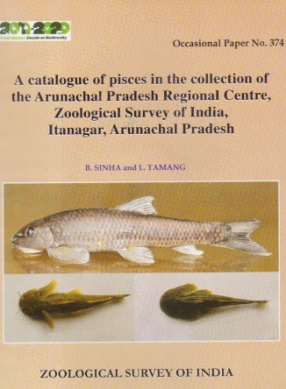
From the introduction: The Arunachal Pradesh Regional Centre (APRC) based at Itanagar, India, is one among the sixteen renowned Regional Centres of the Zoological Survey of India (ZSI) and is engaged in survey and documentation of the fauna of Arunachal Pradesh. The centre maintains Zoological Collections since the year 1984. The primary data of Pisces housed in APRC since the beginning of the Centre till February 2015 is presented here. The collections are ...
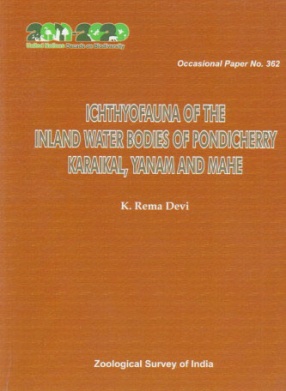
Contents: 1. Introduction. 2. Systematic list. 3. Systematic account. 4. Appendix – 1. 5. Discussion. 6. Summary. 7. Acknowledgements. 8. References.
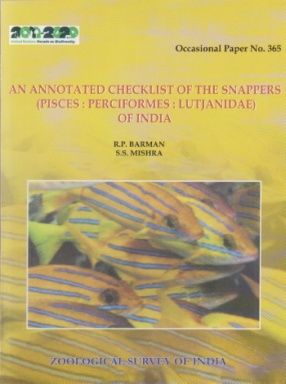
Contents: 1. Introduction. 2. Species account. 3. Summary. 4. Acknowledgements. 5. References.

Contents: 1. Introduction. 2. Amphibia: Systematic list. Systematic account. 3. Reptilia: Systematic list. Systematic account. 4. Summary. 5. Acknowledgements. 6. References.
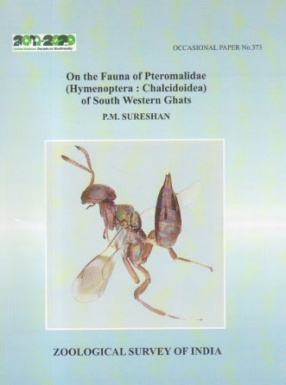
From the introduction: Parasitic Hymenoptera play vital role in the terrestrial ecosystems in the control of insect pests attacking our crops. The family pteromalidae is one of the largest and taxonomically difficult families of super family Chalcidoidea (Hymenoptera Parasitica), Members of which are mainly primary or secondary parasitoids attacking a wide range of insect orders in their various stages of development and also on some Archnida, Hence of economic ...
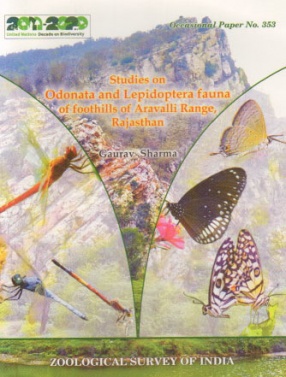
Contents: 1. Aravalli Range of Rajasthan: i. Introduction. ii. Aravali Ranges. iii. Geology. iv. River valley catchments. v. Rainfall pattern. vi. Temperature regimes. vii.Vegetation (Trees and Shrubs). viii. Forests. ix. National Parks and Wildlife Sanctuaries. References. 2. Odonata (Damsel and Dragonflies): i. Introduction. ii. Materials and Methods. iii. Results. iv. Discussion. References. 3. Lepidoptera (Butterflies and Moths): i. Introduction. ii. ...


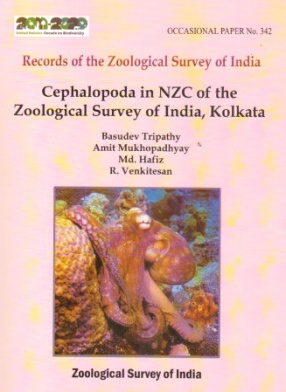
The class represented by 650 species belonging to nautilus, cuttlefish squids and Octopuses. There are 65 species under the class cephalopoda reported so far from the Indian Ocean region roper et al. 1984 of which 64 species are reported by ZSI. The collections present at the Zoological Survey of India is based on two primary sources viz. inherited from the Indian Museum and obtained from its own surveys conducted by the scientists and naturalists of the ...

Contents: 1. Introduction. 2. Materials and methods. 3. Aquatic and semiaquatic insects: hemiptera. 4. Aquatic and semiaquatic insects: coleoptera. 5. Checklist of aquatic coleoptera. 6. Summary. 7. Acknowledgements. 8. References. 9. Plates.

Contents: 1. Introduction. 2. Location and habitat. 3. History of excavation. 4. Soilscape and palaeo-environmental situations. 5. Systematic account of animal remains. 6. Faunal diversity. 7. Discussion. 8. Summary. 9. Acknowledgements. 10. References. 11. Plates.
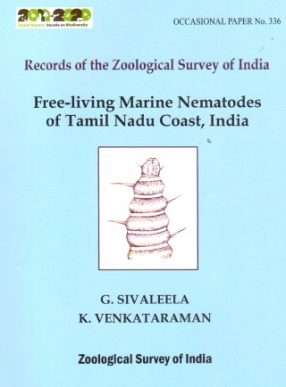
Contents: 1. Introduction. 2. Marine free-living nematodes from India and Tamil Nadu. 3. Description of the South area. 4. Materials and method. 5. Free-living marine nematodes. 6. The cephalic and stome region with there sense organs. 7. Systematics and species description. 8. Results. 9. Summary. 10. Acknowledgements. 11. References.

The concept of Gulf of Mannar biosphere reserve provides a useful framework to guide and reinforce projects to enhance people's livelihoods and ensure environmental sustainability. The international recognition by UNESCO helps in raising the profile of the site and attracting resources for better management and in the improvement of socioeconomic status of the people living around GoMBR.
Contents: 1. Introduction. 2. Material and methods. 3. Results. 4. ...

Contents: 1. Overview/N.C. Nandi, Rina Chakraborty and Ch. Satyanarayana. 2. Limnology/Mousumi Roy and N.C. Nandi. 3. Protozoa/L. Bindu, A.K. Das and N.C. Nandi. 4. Porifera: freshwater sponges/J.G. Pattanayak and S. Mitra. 5. Cnidaria: hydra vulgaris/S. Mitra and J.G. Pattanayak. 6. Rotifera/J. Chitra and N.C. Nandi. 7. Mollusca/Mousumi Roy and A. Dey. 8. Annelida: earthworms/R. Paliwal and C.K. Mandal. 9. Annelida: freshwater oligochaetes/T. Biswas and S. ...

From the introduction: The developmental stages in the life cycle of digeneans include a number of larvae viz., miracidium sporocyst redia cercaria and metacercaria. The cercaria develops inside sporocyst or redia. To become infective cercariae undergo a further developmental phase and are known as metacercariae. Family schistosomatidae and Azygiidae are exceptions wherein the cercariae penetrate the skin of the definitive host or ingested directly by definitive ...
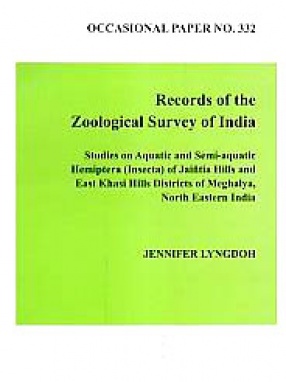


The present study describes the characteristics of primary guard hair of species of Sciuridae, Tragulidae, Herpestidae, Viverridae and Mustelidae from dorsal, ventral tail and head regions. Earlier workers have described mainly the microscopic structure of hair from dorsal region. But it was realized that there is need to examine hair features from all regions as reference data mainly for wildlife forensic and to find out the consistency in the features from ...

The present book provides the distribution of terrestrial nematode from the Thar Desert of Rajasthan. The first chapter gives a detail account of methodology used to extract soil nematodes for taxonomical study. All other chapters provide the diagnostic characters of different orders, suborders, families and subfamilies with their keys according tot he systematic of nematodes species reported from Thar Desert of Rajasthan. From the taxonomical point of view, line ...
